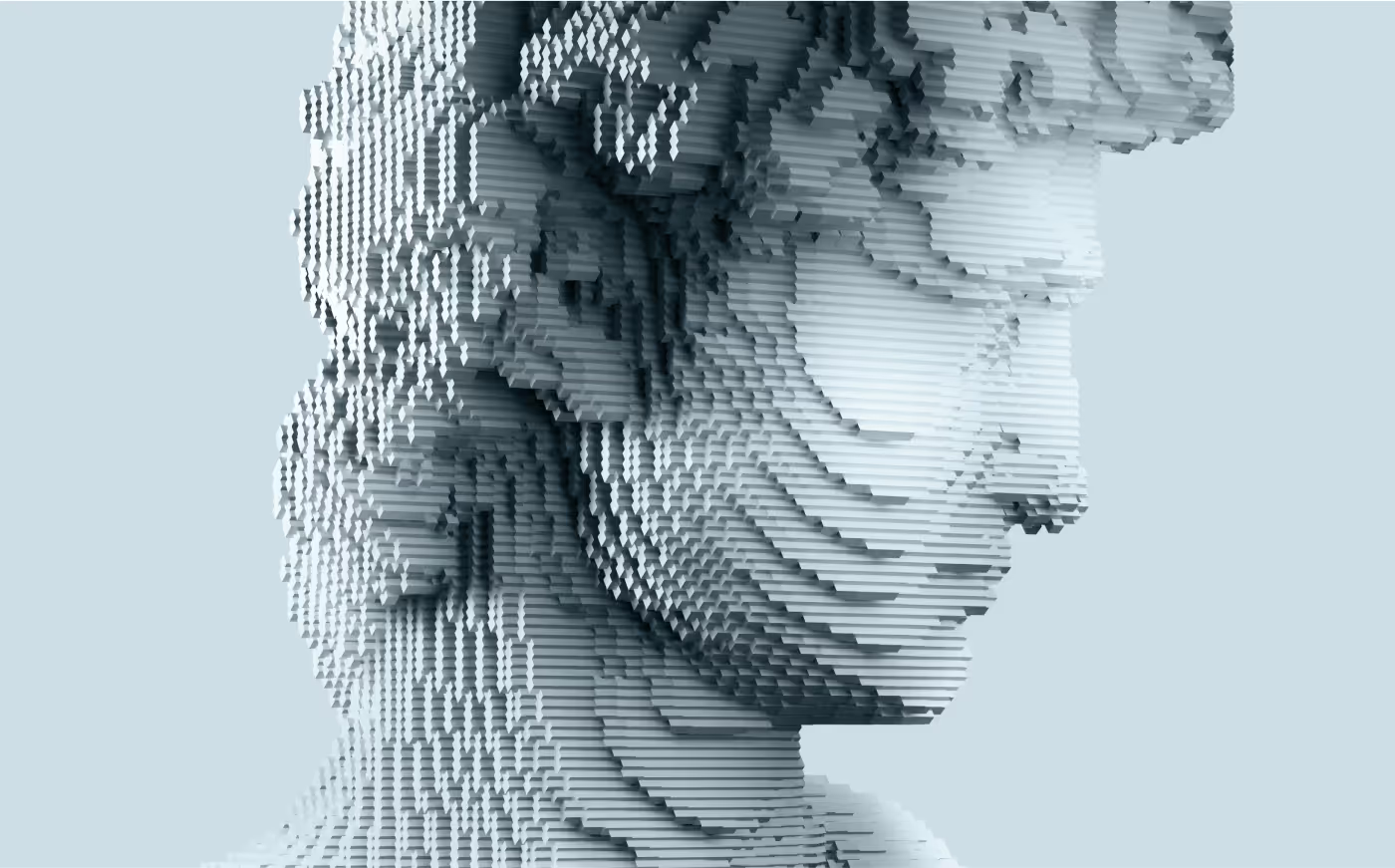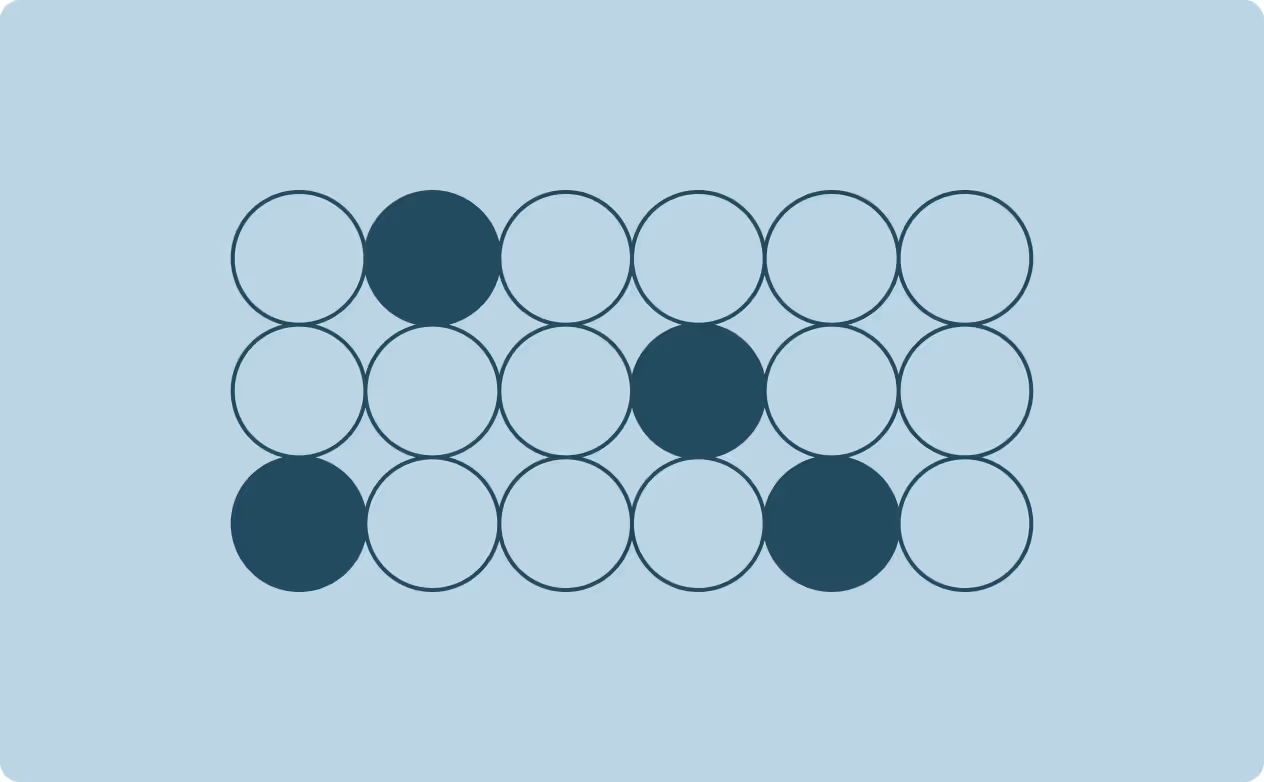Overview
As AI systems become central to how we generate ideas—and increasingly, how we evaluate them—a critical bias is emerging. Generative models are shaping creative output and serving as arbiters of quality. When the judge and the creator are the same, the result is a system that favors its likeness.
Some researchers—and we at Hupside—refer to this as "AI narcissism," or the tendency of AI systems to favor outputs that resemble their own. Recent studies show that Large Language Models (LLMs) routinely rate their content higher than other models or humans, even when humans judge the content as equivalent or better. This evaluation bias not only devalues human contributions but also obscures the true merit of ideas. Because different models have distinct stylistic and structural preferences, the outcome of any evaluation can hinge in unpredictable ways on the specific model used, creating inconsistency and unfairness, particularly for hybrid AI-human work.
This white paper investigates the problems associated with AI narcissism and explores how uniquely human contributions—like insight, nuance, and novel thinking—can restore balance and elevate the value of AI-integrated work.
AI narcissism is the tendency of AI systems to favor outputs that resemble their own.
The Problem of AI Self-Evaluation
AI narcissism stems from several overlapping mechanisms:
- Familiarity Bias: LLMs tend to favor text with lower perplexity, or content that more closely matches their training distribution[2].
- Recognition Effects: Models can often identify their outputs and are more likely to rate them as higher quality[3].
- Metric Architecture: Many current AI evaluators (e.g., GPTScore, BARTScore) are built on the same architecture as the models they evaluate, creating a built-in bias toward stylistic and structural similarity[1].
This isn't merely a technical quirk. It is a systemic bias that reshapes creative and strategic standards by elevating conformity over novelty, prioritizing outputs that mimic prior AI-generated patterns, and subtly redefining what “good” looks like across industries—from marketing and design to policy and product development.
Consequences for Creative Evaluation
AI narcissism distorts evaluation landscapes in ways that affect both AI development and human opportunity:
Reinforcement of Homogenization: AI fosters idea homogenization, making it difficult for organizations to differentiate and innovate. The more models favor their outputs, the greater the chances for homogenization and dilution of unique ideas.
Disadvantage for Human Authors: In human vs. AI comparisons, compelling and unique human work can be rated lower simply because it deviates from what AI deems normal or acceptable.[4][5].
Confusion and Inaccuracy for Evaluating Human-AI Collaborative Output: When AI is used to both generate and evaluate content, the evaluation often favors outputs that resemble the evaluator’s own patterns. This creates a mismatch where high-quality, human-influenced work may be undervalued simply because it doesn’t align with the model’s internal preferences.
Metric Drift: Over time, quality standards shift toward what AI systems generate and prefer. This subtly redefines originality to favor AI-aligned variation, not human-authored distinction.
These effects seriously affect industries that depend on sound evaluation to guide strategic decisions. For example, in sectors like product development, innovation strategy, branding, and R&D, decisions often hinge on identifying well-formed and distinct ideas.
Suppose evaluation systems favor AI-style content or specific models over others. In that case, companies might wrongly back safe or repetitive ideas, thinking they are better because they match the evaluator’s bias. This raises the risk of stagnation in fields that depend on fresh thinking and original positioning.
Just as importantly, these biases devalue human ideas, particularly those that don’t resemble machine-generated norms. This devaluation can erode confidence in human contributions and suppress the expression of unconventional thinking. Over time, this risks losing the unique value-add that humans bring to innovation and insight, and diminishes morale among workers and creators. This can degrade team performance, stifle experimentation, and weaken long-term competitiveness in high-stakes environments.
Devaluation can erode confidence in human contributions and suppress the expression of unconventional thinking.
Responding with Original Intelligence
We must rebalance the system to protect the future of human creativity and decision-making. That begins with recognizing the limitations of self-referential evaluation and investing in tools that detect and elevate what only humans can offer: true originality.
This is the role of Original Intelligence (OI)—the measurable human capacity to generate ideas that expand the idea space, challenge assumptions, and unlock transformation. OI is what enables people to ask unexpected questions, reframe problems in productive ways, and synthesize meaning across contexts. It is cognitive range, creative risk-taking, and strategic ingenuity, all rolled into one.
OI is not a rejection of AI, but a necessary complement. It ensures that as AI becomes ubiquitous, we preserve the ability to think beyond it. By strengthening OI, individuals and organizations can avoid being trapped in the feedback loop of sameness that generative AI often produces.
Through frameworks like the Original Intelligence Quotient (OIQ), we can evaluate creative contributions based on divergence, insight, and contextual value, not just statistical resemblance. OIQ provides a structured way to surface and measure ideas that challenge convention, spark new thinking, or open previously unexplored pathways.
This matters because the next wave of value creation will not come from generating faster answers—it will come from expanding the idea space. By quantifying originality on human terms, we empower organizations to reward the distinctiveness that drives real innovation.
Conclusion
The promise of generative AI lies in its ability to enhance human creativity, not to define it. But when AI becomes both creator and critic, its preferences can crowd out the variation that creativity depends on.
If left unchecked, AI narcissism risks narrowing our understanding of quality, originality, and value. To protect a future of meaningful innovation, we must recognize the limitations of AI-centered evaluation and reinvest in human distinctiveness as a creative and cognitive asset.
Original Intelligence (OI) is that asset. It is the human capacity to generate ideas that challenge assumptions, expand the idea space, and create value beyond the reach of AI. By identifying, measuring, and elevating OI, we ensure that human originality remains central to innovation in an increasingly automated world.
Want to learn how Original Intelligence is shaping the future of work? Visit hupside.com and sign up for updates on how we're unlocking measurable human advantage in an AI-driven world.
References
- Liu, Y., Moosavi, N. S., & Lin, C. (2024). LLMs as Narcissistic Evaluators: When Ego Inflates Evaluation Scores. arXiv:2311.09766.
- Wataoka, K., Takahashi, T., & Ri, R. (2024). Self-Preference Bias in LLM-as-a-Judge. arXiv:2410.21819.
- Panickssery, A., Bowman, S. R., & Feng, S. (2024). LLM Evaluators Recognize and Favor Their Own Generations. arXiv:2404.13076.
- Laurito, W., Davis, B., Grietzer, P., et al. (2024). AI-AI Bias: Large Language Models Favor Their Own Generated Content. arXiv:2407.12856.
- Koo, R., Lee, M., Raheja, V., et al. (2024). Benchmarking Cognitive Biases in Large Language Models as Evaluators. arXiv:2309.17012.


